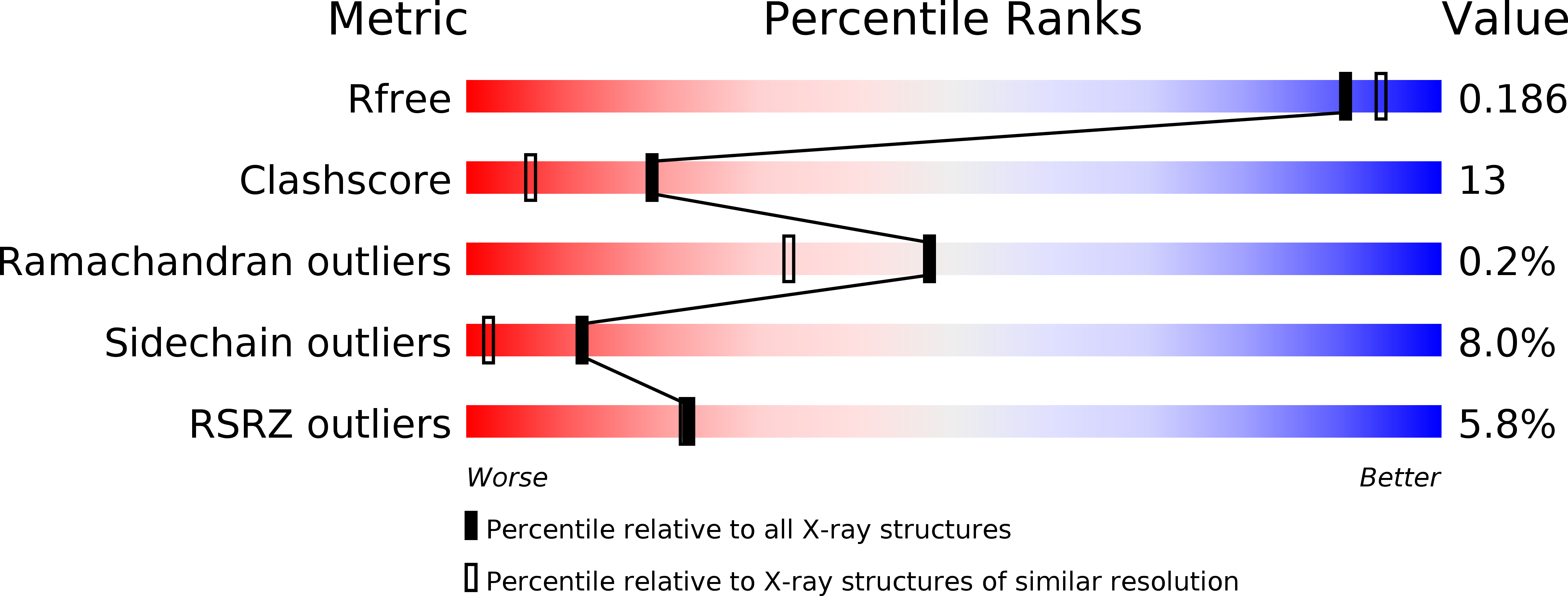
Deposition Date
2005-10-25
Release Date
2006-10-31
Last Version Date
2024-10-30
Entry Detail
PDB ID:
2ES3
Keywords:
Title:
Crystal Structure of Thrombospondin-1 N-terminal Domain in P1 Form at 1.85A Resolution
Biological Source:
Source Organism:
Homo sapiens (Taxon ID: 9606)
Host Organism:
Method Details:
Experimental Method:
Resolution:
1.85 Å
R-Value Free:
0.24
R-Value Work:
0.18
R-Value Observed:
0.18
Space Group:
P 1


